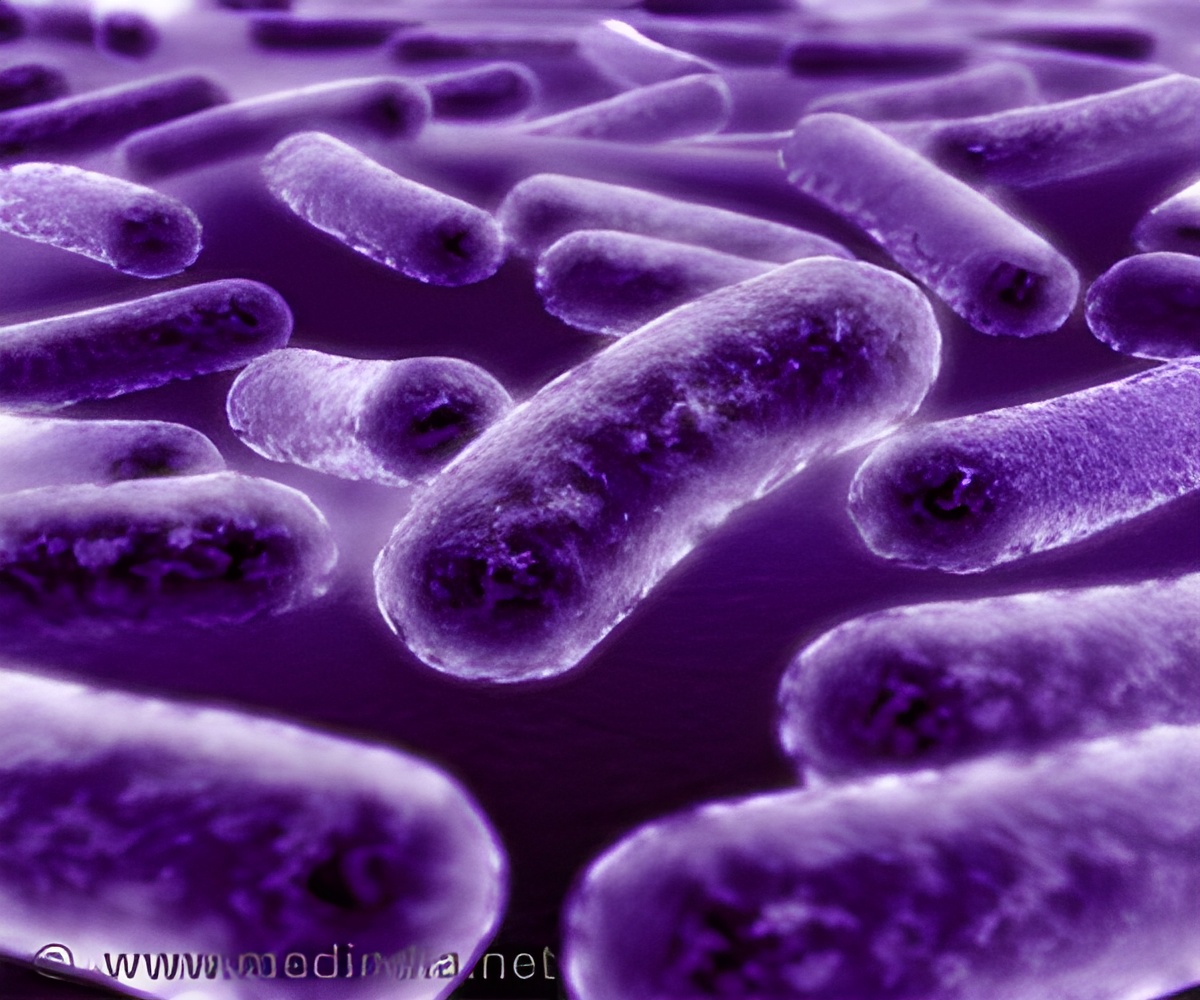
‘The pathogens influence the immune response of their host with genetic variation. This enables bacteria to develop antibiotic resistance and improve their chances of survival.’
Read More..Tweet it Now
A research team led by Dr. Simon Heilbronner from the Interfaculty Institute for Microbiology and Infection Medicine at the University of Tübingen and the German Center for Infection Research has recently discovered how infectious bacteria can produce genetic variants among sibling cells. Read More..
The results of this study, published in the journal Nature Communications, provide important information on how pathogens develop and adapt in their battle against the human immune system.
If bacteria multiply by simple division, clones are created. The cells all have the same genetic composition and the same properties. "However, the bacteria must remain flexible, because their environmental conditions are constantly changing. This is particularly true of pathogens that are struggling with the human immune system and need to deal with any antibiotics that may be administered if they are to survive," says Dr. Heilbronner. His team has shown how the bacterial pathogen Staphylococcus aureus causes inflammation, and how variants develop if gene exchange with other bacterial communities is not possible.
Accordion genes expand the possibilities
"We found that in Staphylococcus aureus, some parts of the genetic material may be available in the form of several exact copies. The number of such copies varies greatly between closely related bacteria," according to Dr. Heilbronner.
Advertisement
The Tübingen researchers have now shown that such genetic processes occur frequently in Staphylococcus aureus. "Administration of antibiotics can strengthen them. The pathogens now have better ways to respond to human immune cells." The team believes that these processes are important in the evolution of pathogens that are successful and therefore dangerous for humans. The team's findings will be used in the development of new forms of treatment by the Tübingen Cluster of Excellence "Controlling Microbes to Fight Infections".
Advertisement











